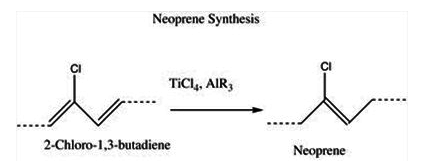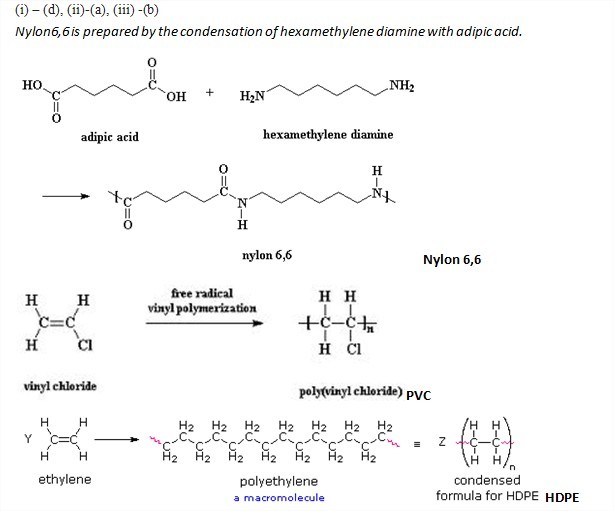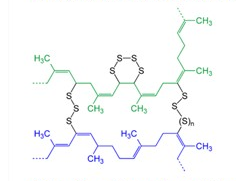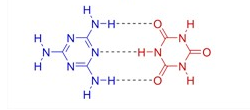12th Grade > Chemistry
POLYMERS MCQs
Total Questions : 30
| Page 3 of 3 pages
Answer: Option D. -> Urea-formaldehyde resins
:
D
Polythene, Polyvinyls and Polystyrene are Thermoplastic polymers.
Urea-formaldehyde resin is a thermosetting polymer.
:
D
Polythene, Polyvinyls and Polystyrene are Thermoplastic polymers.
Urea-formaldehyde resin is a thermosetting polymer.
Answer: Option D. -> Bakelite
:
D
A’ is Novolac, ‘B’ is Bakelite
:
D
A’ is Novolac, ‘B’ is Bakelite
Answer: Option D. -> Bakelite
:
B
P.D.I=¯¯¯¯¯¯¯¯¯MW¯¯¯¯¯¯¯Mn=4000030000=1.33
:
B
P.D.I=¯¯¯¯¯¯¯¯¯MW¯¯¯¯¯¯¯Mn=4000030000=1.33
Answer: Option A. -> Formaldehyde
:
A
Melamine and formaldehyde are starting materials for this intermediate. Its polymerisation gives melamine polymer.
:
A
Melamine and formaldehyde are starting materials for this intermediate. Its polymerisation gives melamine polymer.
Answer: Option B. -> Novolac
:
B
A’ is novolac, ‘B’ is Bakelite. Novolac is a phenol-formaldehyde resin with a formaldehyde to phenol molar ratio of less than one.
:
B
A’ is novolac, ‘B’ is Bakelite. Novolac is a phenol-formaldehyde resin with a formaldehyde to phenol molar ratio of less than one.
Answer: Option A. -> Ziegler-Natta process
:
A
HDPE ispreparedbyco-ordination polymerization whichoccursthroughtheintermediateformationofco-ordinationcomplexes.Forexample,ethylenefirstformsaco-ordinationcomplex with the transition metal titanium by donating its π electrons. The π complex thus formed then reacts stepwise with a large number of ethylene moleculesultimately leading to the formation of a polymer. The polythene so obtained has high density (0.92g/cm3) and higher m.pt.(403K)ascompareto LDPE(density−0.92g/cm3andm.pt.384K)
:
A
HDPE ispreparedbyco-ordination polymerization whichoccursthroughtheintermediateformationofco-ordinationcomplexes.Forexample,ethylenefirstformsaco-ordinationcomplex with the transition metal titanium by donating its π electrons. The π complex thus formed then reacts stepwise with a large number of ethylene moleculesultimately leading to the formation of a polymer. The polythene so obtained has high density (0.92g/cm3) and higher m.pt.(403K)ascompareto LDPE(density−0.92g/cm3andm.pt.384K)
Question 28. Match the polymers given in Column I with the preferred mode of polymerisation followed by their monomers.
Column IColumn II(i) Nylon-6(a) free radical polymerisation(ii) PVC(b) Ziegler-Natta plymerisation or coordination polymerisation(iii) HDP(c) Anionic polymerisation(d) Condensation polymerisation
Column IColumn II(i) Nylon-6(a) free radical polymerisation(ii) PVC(b) Ziegler-Natta plymerisation or coordination polymerisation(iii) HDP(c) Anionic polymerisation(d) Condensation polymerisation
Answer: Option C. -> Ziegler-Natta catalyst
:
C
Zirgler-Natta catalyst (C2H5)3Al+TiCl4
:
C
Zirgler-Natta catalyst (C2H5)3Al+TiCl4





















